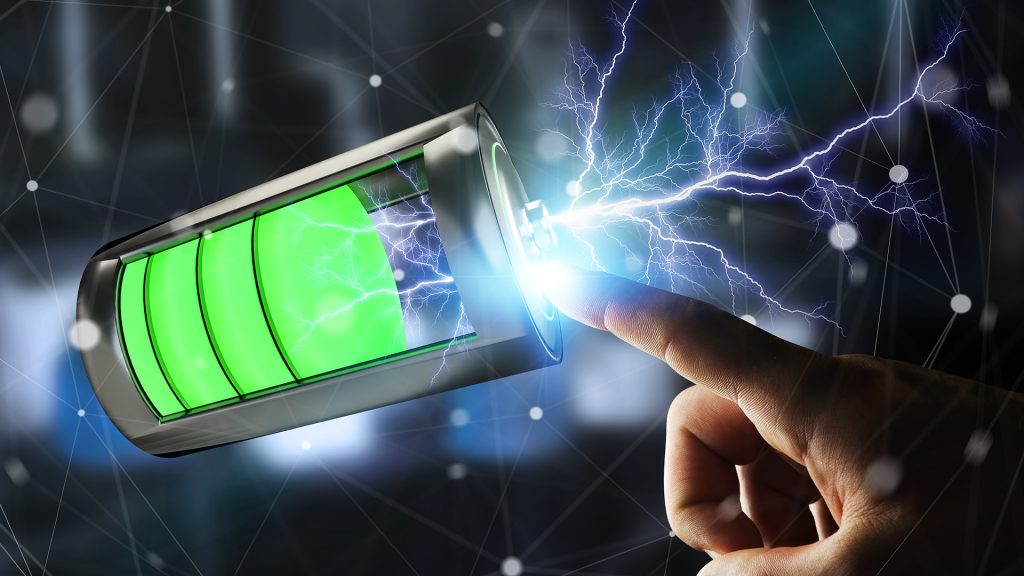
The future of commercial energy storage looks bright, with a number of new technologies and approaches emerging that have the potential to revolutionise the way we store and use energy. From advanced batteries and flywheels to compressed air systems and industrial battery storage, there are a number of exciting developments on the horizon that have the potential to transform the way we think about energy storage.
One of the key trends in the field of commercial energy storage is the increasing use of industrial energy storage systems. These systems are designed to store large amounts of energy on a commercial scale, and can be used in a variety of settings, from factories and warehouses to office buildings and data centers.
There are a number of new battery storage technologies that are currently being developed and are expected to become more widely available in the future. Some of the most promising technologies include:
Lithium-ion batteries: These batteries are already widely used in a variety of applications, including consumer electronics and electric vehicles. However, new developments in lithium-ion technology are expected to make these batteries more cost-effective and efficient for use in energy storage systems.
Solid-state batteries: Solid-state batteries are a newer type of battery technology that uses a solid electrolyte instead of a liquid one. These batteries have the potential to be more energy-dense and safer than traditional lithium-ion batteries.
Flow batteries: Flow batteries are a type of battery that uses two liquid electrolytes that are separated by a membrane. When the battery is discharged, the electrolytes flow through the membrane, creating an electrical current. Flow batteries have the potential to be more scalable and have a longer lifespan than traditional batteries.
Supercapacitors: Supercapacitors are a type of energy storage device that can charge and discharge very quickly. They have the potential to complement batteries in certain applications, such as providing short bursts of power or smoothing out fluctuations in energy demand.
Sodium-ion batteries: Sodium-ion batteries are a type of battery that uses sodium ions instead of lithium ions. These batteries have the potential to be more abundant and less expensive than lithium-ion batteries, making them a potentially attractive option for energy storage.
Graphene batteries: Graphene is a form of carbon that is known for its strength and conductivity. Researchers are working on developing graphene-based batteries that have the potential to be more energy-dense and longer-lasting than traditional batteries.
One of the most promising technologies in this area is the commercial battery storage system. These systems use large banks of batteries to store energy, which can then be used to power a variety of different devices and systems. Commercial battery storage systems are particularly well-suited for use in locations where there is a high demand for energy, such as factories and warehouses.
According to a report by the International Renewable Energy Agency (IRENA), Energy Storage Association (ESA), the global market for energy storage systems is expected to grow significantly in the coming years, with the demand for commercial and industrial energy storage systems expected to play a key role in this growth.
(https://www.irena.org/-/media/Files/IRENA/Agency/Publication/2019/Mar/IRENA_Energy_Storage_2019.pdf).
(The American Clean Power Association (ACP).
One of the main benefits of commercial and industrial energy storage systems is that they can help businesses and organisations to reduce their reliance on fossil fuels and to lower their carbon footprint. By storing energy when it is not being used, businesses can reduce their need to generate energy on-site, which can help to reduce their greenhouse gas emissions and to improve their environmental performance.
In addition to helping businesses to reduce their environmental impact, commercial and industrial energy storage systems can also help to improve the reliability and resilience of the power grid. By providing a source of backup power, these systems can help to ensure that businesses and organisations can continue to operate in the event of a power outage or other emergency.
